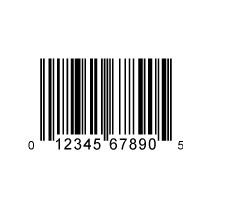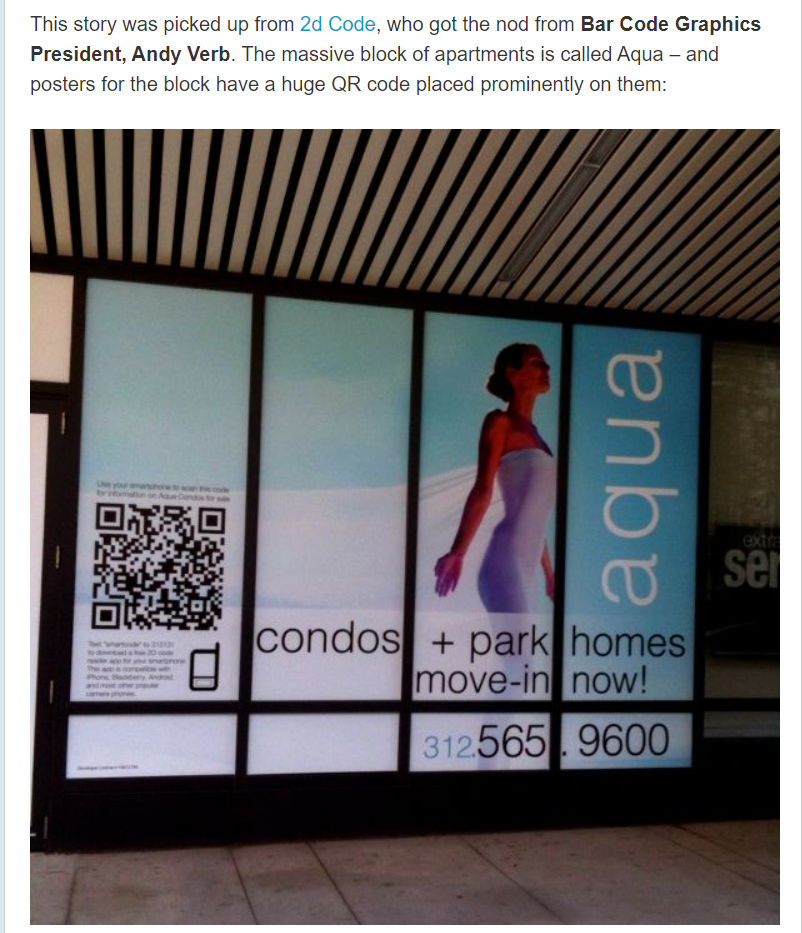QR Code Overview
Square QR codes now seem to be popping up everywhere. You cannot go to a restaurant today and NOT see these images on placards, stickers, and even receipts. As popular as they are now, they have actually been around for quite some time. The COVID-19 pandemic relaunched this phenomenon and QR codes are likely to be around for the foreseeable future.
This QR Code overview will discuss exactly WHAT makes QR codes so versatile, WHY they have become mainstream in the US, and HOW companies can implement them without forsaking users’ privacy.
Let’s start from the beginning, what is a QR code?
QR Code Vs. Linear Barcode
Linear barcodes, such as UPC barcodes, are symbols that typically contain numeric or alphanumeric data adhering to some identification guidelines. The technology to “read” or scan a linear barcode is based on reflectance properties contrasting dark bars on a light background. Light-based readers beam a red laser over the symbol to decode the barcode data so the corresponding information can be obtained from a database.
The QR code (Quick Response Code) is a two-dimensional symbol that can contain a wider range of encoded data. Unlike linear barcodes which contain information accessed in some data tables, QR codes normally encode the actual information, ranging from web addresses to mapping coordinates. The scanning technology used for QR codes is camera-based. Consequently, QR codes can be decoded by scanning vertically and horizontally and do not require the orientation positioning required of linear barcodes. The scanners are literally taking a picture of the QR code and that is why today’s smartphones are automatically equipped with QR code scanning technology.
A QR Code is a 2D barcode that consists of black modules (square dots) arranged in a grid on a white background. The required data is extracted from the patterns present in both horizontal and vertical components of the symbol. QR codes are primarily used for marketing and advertising campaigns and typically uses a smartphone to read it and enables the device to perform an action such as opening up a url for a specific site.
History of the QR Code
The QR code was created in Japan back in 1994. Its original use was for vehicle tracking and high-speed component scanning in the automobile industry. With the introduction of the iPhone and other smartphones, QR codes began to pop up around the globe and marketers began using them for encoding web addresses, contact cards, and map locations. In Japan, the box-shaped QR codes quickly became a fixture everywhere. In the US the adaption was a little slower. Bar Code Graphics created one of the first campaigns with an enormous QR code printed on the window of a new condominium building in Chicago.
Although we did receive a lot of global exposure for the innovative use of implementing a QR Code, the actual volume was fairly limited. At that time, iPhone and Android users were required to download 3rd party scanning apps to read QR code symbols. The popularity had a quick bump but then dropped severely.
Everything changed when the iPhone integrated QR scanning within the native camera app. Users just needed to open their camera app and aim at a QR Code and suddenly a web address icon would display for instant access. Android users could use the Google Lens app for a similar user experience. By enabling instant and easy access reading these symbols, QR codes were essentially given a new breath of life.
Businesses of all types began having better luck having consumers scan on-pack and poster QR codes. The SmartLabel program was created for consumer packaged goods as a way to enable brands to provide rich data to their consumers. Our partner, the US ISBN Agency, also successfully began offering author’s QR codes linking to their book title information in their global databases.
And then the COVID-19 global pandemic happened…..
In the spring of 2020, the COVID-19 pandemic forced businesses to re-evaluate how they interacted with others. QR codes proved to be an ideal tool to facilitate contact-free interaction. As businesses, particularly restaurants, reopened, QR codes became the new instant solution for consumer information exchange.
Today, consumers across the globe are continually becoming more familiar with how easy QR codes are to use and comfortable relying on the data provided. There are now many solutions using QR codes.
Common Uses for QR Codes
- Menus and instruction forms
- Visitor Check-in (www.prvent.io)
- Mobile payment applications to make transactions
- QR codes on product packaging contains detailed product information
- Event and travel tickets include QR codes to authorize entry
- Invitation cards help guests get the venue’s location on their phone’s maps application







